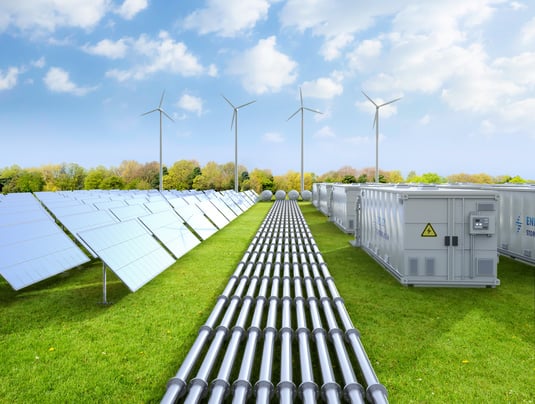
The California Public Utilities Commission (CPUC) has launched a US$280 million initiative to help low-income residents of the state install battery storage and solar panel systems.
The CPUC’s Self-Generation Incentive Programme (SGIP) will allow a single-family household to receive incentives for a 15kWh battery and a 5kW solar system. CPUC says additional incentives for more solar and up to 30kWh of storage require load justification.
SGIP will combine its own financial incentives with Inflation Reduction Act (IRA) tax credits to cover the full cost of installation.
SGIP applies to low-income residential customers of investor-owned utilities (IOUs), publicly-owned utilities and community choice aggregators (CCAs).
Try Premium for just $1
- Full premium access for the first month at only $1
- Converts to an annual rate after 30 days unless cancelled
- Cancel anytime during the trial period
Premium Benefits
- Expert industry analysis and interviews
- Digital access to PV Tech Power journal
- Exclusive event discounts
Or get the full Premium subscription right away
Or continue reading this article for free
The SGIP has a budget availability of US$252 million for ‘residential solar and storage equity,’ any customer, and US$13 million for ‘residential storage equity,’ IOU customers until December 2025.
Depending on eligibility, customers can receive US$1,100 per kWh of storage and US$3,100 per kW of solar.
To apply, customers need to verify that they meet the low-income criteria of at or below 80% of the area median income and then contact an SGIP-approved developer.
The SGIP Advanced Payment Program provides customers with 50 percent of the SGIP incentive in advance, allowing them to avoid out-of-pocket costs until the system is installed and the complete SGIP incentive is secured.
When customers reserve funds, they have up to a year to comply with the programme requirements before receiving the incentive.
CPUC says the one-year period gives customers time to enroll in a demand response programme, which will shift their electricity consumption in response to grid demands.
The CPUC’s intent to utilise IRA tax credits to fund the systems comes at an interesting time, given that the US House Ways and Means Committee recently submitted the budget reconciliation bill, which looks to roll back IRA measures majorly.
The bill includes several proposals, such as ending Section 25D residential energy tax credits by the end of this year, cutting the investment tax credit (ITC) for large-scale projects by 2028 at the latest, completely phasing out the Production Tax Credit (PTC) after 2031, and terminating the 45X Advanced Manufacturing and Clean Hydrogen Tax Credits earlier than anticipated.
The CPUC notes in the programme’s fact sheet that covering 100% of the cost of an average solar and energy storage system is being made possible because of the pairing with the IRA tax credit.
Residential solar and storage equity incentives will be available for reservation beginning 2 June and more information about the application process can be found on CPUC’s SGIP website.





